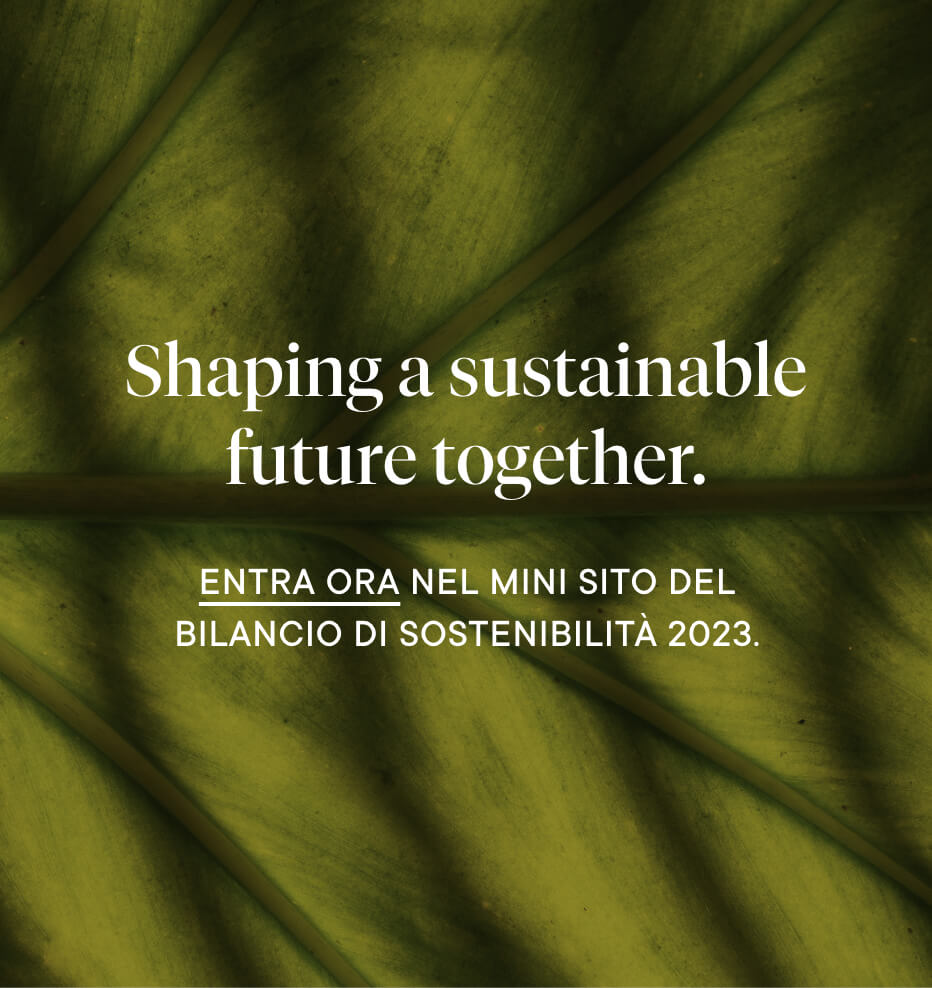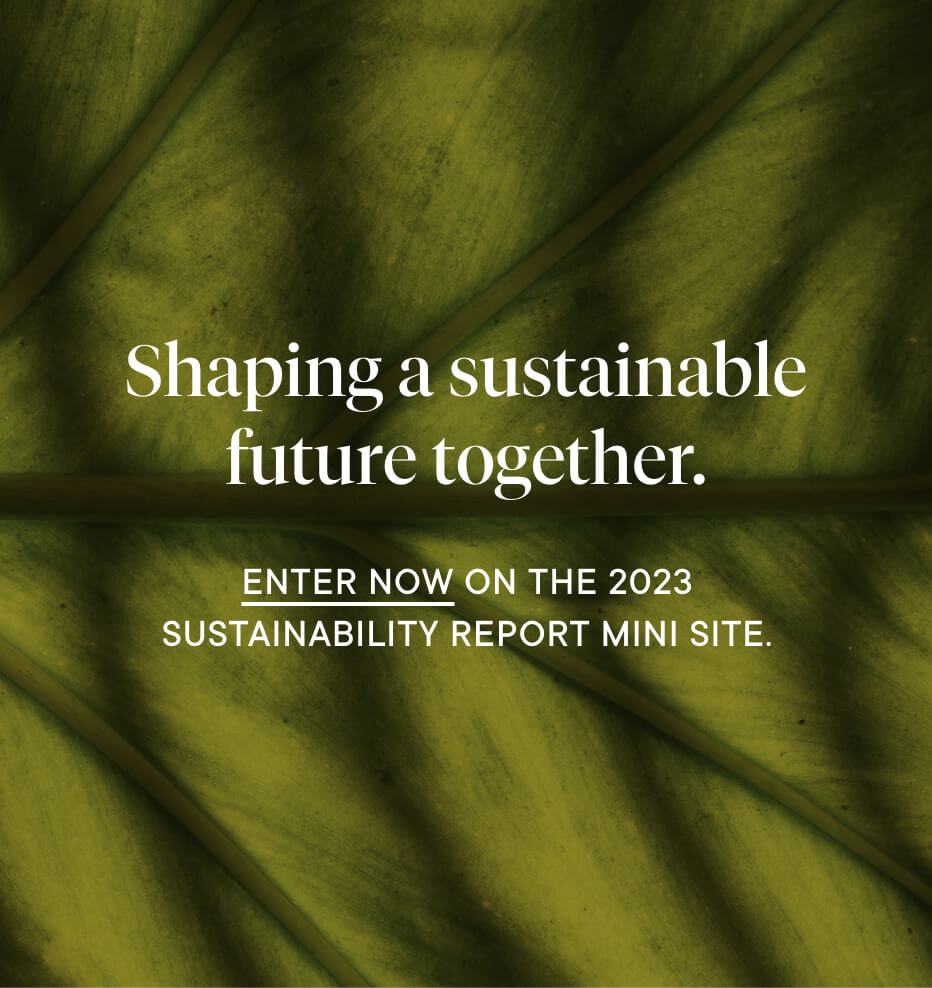Knowing in order to choose
View allIf the tannery did not do its job, do you know what would happen to the animal remains?
This question stems from the need to stigmatise so much of the circulating fake news that wants to appeal to aspects such as animal welfare, when in fact they overlook the real contributions of tanneries to circular economy and upcycling (=recovery). If the tannery did not do its job, do you know what would happen to the animal remains?
There are many (too many) false myths and prejudices surrounding our product: leather. In most cases these are legacies due to the old way of tanning, but also falseinformation put out by those who try to imitate leather with alternative proposals, or who chooses said alternatives driven mainly by economic motives, often preferring products that are not natural, but derived from plastic because they are cheaper.
The vital role of tanneries in the treatment of raw hides and skins
Raw hides without tanneries would to all intents and purposes be treated as waste and therefore end up in landfills. From here routes could be two:
1. They would be incinerated resulting in air pollution. Each year worldwide, the demand for beef for human consumption generates 8 million tonnes of raw hides and skins which, if incinerated, would release 6.6 million tonnes of potential CO2 emissions;
2. They would be sent to landfills and the health risks would be considerable. It is precisely for this reason that the Conte government, on the occasion of the 2021 lockdown due to the Covid 19 pandemic, allowed the tanneries to resume their production activities early: to avert non-negligible environmental and health effects.
Claiming that “tanning pollutes” or knowing that its waste is transformed?
Find out more

